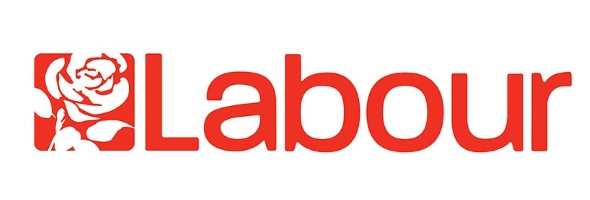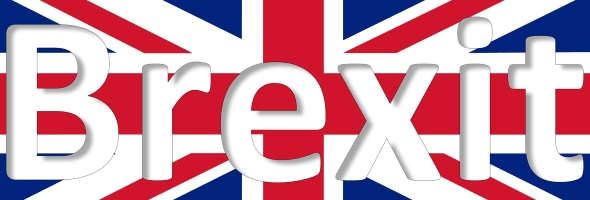
The UK Labour Party grew out of a growing political interest from urban workers in the late 19th century, particularly members of the trade union movement. Extensions of the voting franchise in 1867 and 1885 saw the Liberal Party endorse trade-union sponsored candidates with the first Lib–Lab candidate George Odger standing in the Southwark by-election in 1870.
Other small socialist groups also formed around this time, with the intention of linking the trade union movement to political policies, including the Independent Labour Party set up in 1893 by Keir Hardie, a Scottish miner, elected MP for West Ham.
Early 20th century Labour party
In 1900 the Trades Union Congress set up the Labour Representation Committee (LRC) to support working-class candidates in elections. Ramsey MacDonald was the LRC secretary. In 1903 the LRC and the Liberal Party secretly agreed that only one candidate (Liberal or Labour) should stand in each seat against the Conservatives in the next election.
In 1906 LRC-sponsored candidates won 29 seats in the election and set up as a separate party in Parliament under the formally agreed name of “The Labour Party”. Keir Hardie was elected as leader, officially Chairman of the Parliamentary Labour Party.
From 1910, there were 42 elected Labour MPs. During the war years of 1914-1918, the Labour members struggled to agree on whether to support or oppose the war. After 1916, the Liberals were also struggling, split between those who supporters of Asquith versus Lloyd George.
Labour’s first Prime Minister
The Labour Party won 63 seats at the 1918 election and increased this to 142 seats in the 1922 election when the Conservatives took over the government. The 1924 election saw Labour win 191 seats and the Liberals 158. Together formed a coalition government with Ramsey MacDonald as the first Labour prime minister, passing legislation to improve housing, education and social insurance while also addressing unemployment.
The Labour party was in government again, in another minority government under Ramsay MacDonald in 1929-1931, then as a junior partner in the wartime coalition from 1940-1945 and ultimately forming majority governments under Clement Attlee in 1945-1951. The Labour manifesto ‘Let us Face the Future’ laid out a bold vision, pledging to destroy the five ‘evil giants’: want, squalor, disease, ignorance and unemployment, a message which took Clement Attlee into Number 10 on the back of a landslide win of 393 seats.
Attlee's government enacted Keynesian economic policies; presided over a policy of nationalising major industries and utilities including the Bank of England, coal mining, the steel industry, electricity, gas, and inland transport. The party developed and implemented the welfare state and the 1948 creation of Britain's National Health Service (NHS). Attlee's government also began the process of dismantling the British Empire when it granted independence to India and Pakistan in 1947, followed by Myanmar and Sri Lanka in 1948.
The Labour governments of 1964-70 and 1974-79 headed by Wilson and then James Callaghan were a period of great change: the Equal Pay Act of 1970, the permanent ending of the death penalty, decriminalisation of homosexuality, legislation to outlaw racial discrimination, and the establishment of the Open University.
The 1979 election began Labour’s wilderness years in opposition. Initially, under Michael Foot, the party began a period of contemplation and renewal. His successor, Neil Kinnock took on the work of reconstruction, with modernising reforms which would be continued by John Smith who introduced One Member One Vote (OMOV) to further democratise the people’s Party.
Following the death of John Smith in 1994, Tony Blair was elected Leader, who began the era of New Labour which led to the landslide General Election win of 1997. This period saw record investment in the NHS, schools and the police; the introduction of the National Minimum Wage and devolution to Scotland, Wales and Northern Ireland and peace to the latter through the Good Friday Agreement.
Labour lost at the 2010 and 2015 elections. Outsider Jeremy Corbyn won the party’s leadership election by a landslide and the snap election of 2017 saw the party campaign with a manifesto laying out plans for a living wage of £10 an hour; scrapping of tuition fees; mass housebuilding; investment in public services; public ownership of rail, water and post. In a shock result Labour won 262 MPs, and the Conservatives reduced their majority.
Why Richard Howitt entered politics
Howitt wanted to influence the course of governance for the benefit of others. With good communication skills, commitment, high motivation and a secure and convincing manner, Howitt has the self-confidence, charisma and a great deal of patience and persistence to be a success.



